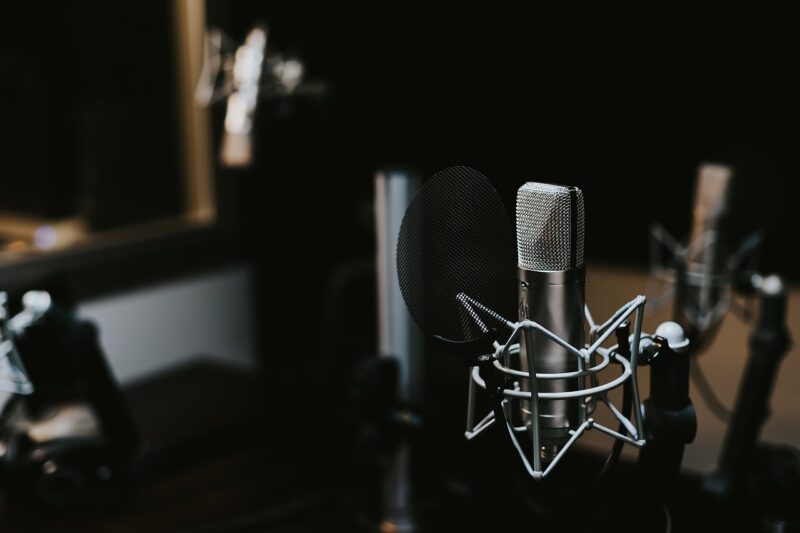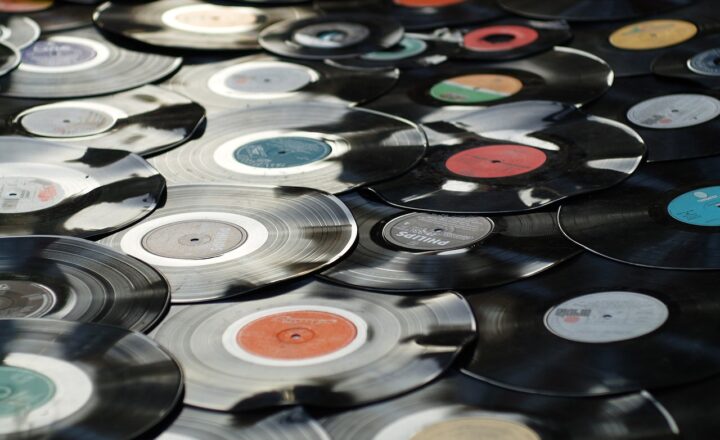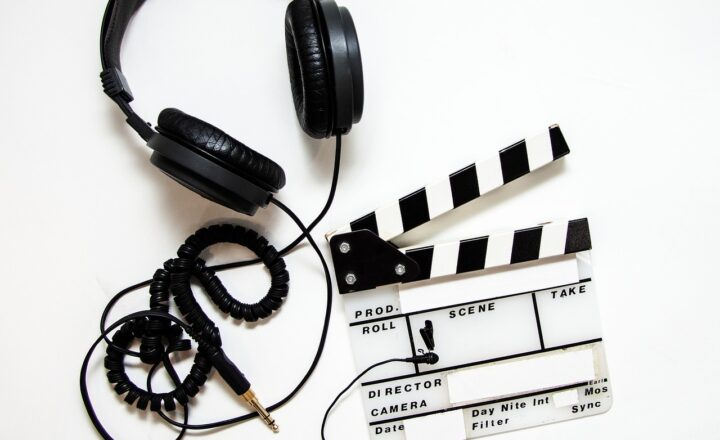How Studio Effects Create Immersive Soundscapes in Movies
November 14, 2024

In the world of cinema, sound is often the unsung hero. While audiences are captivated by visual effects and compelling narratives, the auditory experience plays a pivotal role in shaping their emotions and depth of engagement. Studio effects are crucial in creating immersive soundscapes that transport viewers into the heart of the story. This article delves into the fascinating techniques and technologies behind creating these rich auditory experiences in movies.
The Importance of Sound in Film
Sound in film encompasses dialogue, music, and sound effects, all working together to create a believable world. Here are several reasons why sound is integral to film:
- Enhances Emotional Impact: Music and sound effects can evoke feelings and intensify emotions, guiding the audience’s reactions throughout the film.
- Establishes Atmosphere: Ambient sounds contribute to the setting, making environments feel authentic and helping to immerse viewers in the story.
- Supports Narrative Development: Sound cues signal shifts in the storyline or character emotions, adding depth to both dialogue and events on screen.
The synergy between sound and visuals is vital in crafting a memorable cinematic experience, with studio effects magnifying this relationship.
Understanding Sound Design
Sound design involves creating and manipulating audio elements post-production to enhance the narrative. The primary components include:
- Dialogue Editing: Ensuring clarity and emotional tone of the actors’ lines during various scenes while maintaining environmental context.
- Foley Art: The art of creating everyday sound effects that are added to a film in post-production. For example, footsteps, rustling clothing, and items being handled—all recorded in a studio environment.
- Sound Effects (SFX): These are sounds recorded and designed specifically for the film, which often include natural sounds as well as manufactured sounds for fantastical elements.
- Music Composition: Original scores are composed specifically for the film, enhancing the overall emotional tone and thematic elements of the story.
Understanding these components lays the groundwork for grasping how immersive soundscapes are developed through meticulous studio effects.
Creating Immersive Soundscapes
Immersive soundscapes can transcend the boundaries of reality, enveloping the audience in rich audio experiences that amplify visual storytelling. Key methods used to create these soundscapes include:
1. Stereo vs. Surround Sound
The shift from traditional stereo (2 channels) to surround sound (multiple channels) revolutionized how sound is perceived in film. Surround sound allows for sources of sound to come from all directions, creating a sensation of being inside the environment.
With technologies like Dolby Atmos, sounds can now move in three-dimensional space, immersing viewers in action scenes, like a helicopter flying overhead or sounds emanating from faraway places, heightening the experience.
2. Layering Sounds
Layering involves combining multiple sound elements to create a rich auditory tapestry. For instance, in a scene set in a busy marketplace, sounds of vendors shouting, children playing, and distant music can be layered together. This technique adds depth and realism to a scene, making it feel alive and bustling.
3. Reverb and Echo Effects
Applying reverb and echo effects simulates the acoustic signature of various environments. For example, shouting in a canyon would produce a different echo than a whisper in a small room. By manipulating these effects, sound designers can craft more believable spaces, making the audience feel present within the scene.
4. Advanced Sound Design Tools
Modern sound design utilizes sophisticated software and equipment to orchestrate complex audio landscapes. Digital audio workstations (DAWs) like Pro Tools and Logic Pro enable sound designers to meticulously edit, mix, and output layered soundscapes. Plugins and virtual instruments further increase the range of sounds available for designers, allowing for creative freedom and innovation.
5. Incorporation of Real-World Sounds
Integrating real-world sounds enhances authenticity. Through field recordings and sound libraries, designers can find unique sounds that add realism to specific environments, like a thunderstorm, a bustling street, or the whisper of wind through trees.
Moreover, unique sounds can also generate a trademark auditory fingerprint for specific characters or themes within a film, creating memorable associations for the audience.
The Role of Mixing
Mixing is the final stage in sound design, where all audio elements are balanced to ensure clarity and impact. Here are some critical elements of mixing:
- Balancing Levels: Ensuring dialogue is clear and sound effects do not overpower it. This balance helps prevent the audience from missing crucial narrative elements.
- Dynamic Range: Adjusting the dynamic range ensures the loudest sounds are not jarring and quiet sounds can still be heard. This equilibrium keeps the audience engaged without overwhelming them.
- Spatial Placement: Establishing which sounds come from where enhances the three-dimensional experience of sound in a film. Essential in establishing realism within scenes.
Mixing is a complex art that requires great technical skill and an intuitive understanding of how sound influences perception.
Case Studies in Immersive Sound Design
To illustrate the impact of immersive soundscapes, we can explore some notable films that excelled in sound design:
1. “A Quiet Place”
In this horror film, sound plays a pivotal role, as characters communicate in whispers or sign language to avoid being hunted by sound-sensitive creatures. The careful manipulation of sound effects and silence creates tension, engaging the audience with every heartbeat.
2. “Dunkirk”
Christopher Nolan’s war epic utilized sound design masterfully to develop a sense of urgency and chaos. Realistic cockpit sounds, distant explosions, and immersive surround sound drawn from all directions crafted an inescapable war zone environment, putting viewers in the middle of the action.
3. “Gravity”
Set in the vacuum of space, “Gravity” utilized sound sparingly to enhance the experience, emphasizing the chilling absence of sound in space to heighten dramatics and emotional impact through stunning visuals paired with minimalist sound effects.
Each of these films underscores how sound design significantly enhances storytelling, leaving a lasting impression on the audience.
Conclusion
Studio effects play an essential role in creating immersive soundscapes that elevate films to extraordinary experiences. Through thoughtful sound design techniques, such as layering, reverb, and innovative mixing, filmmakers can transport audiences into vividly rich worlds. As technology continues to evolve, the possibilities for creating more immersive sound experiences in cinema will only expand, making it an exciting time to explore the art of sound design.
Embrace the power of sound and consider how it influences the films you watch. The next time you sit down to experience a movie, pay attention to the intricate soundscapes that surround you; they have the power to make or break a film experience.







